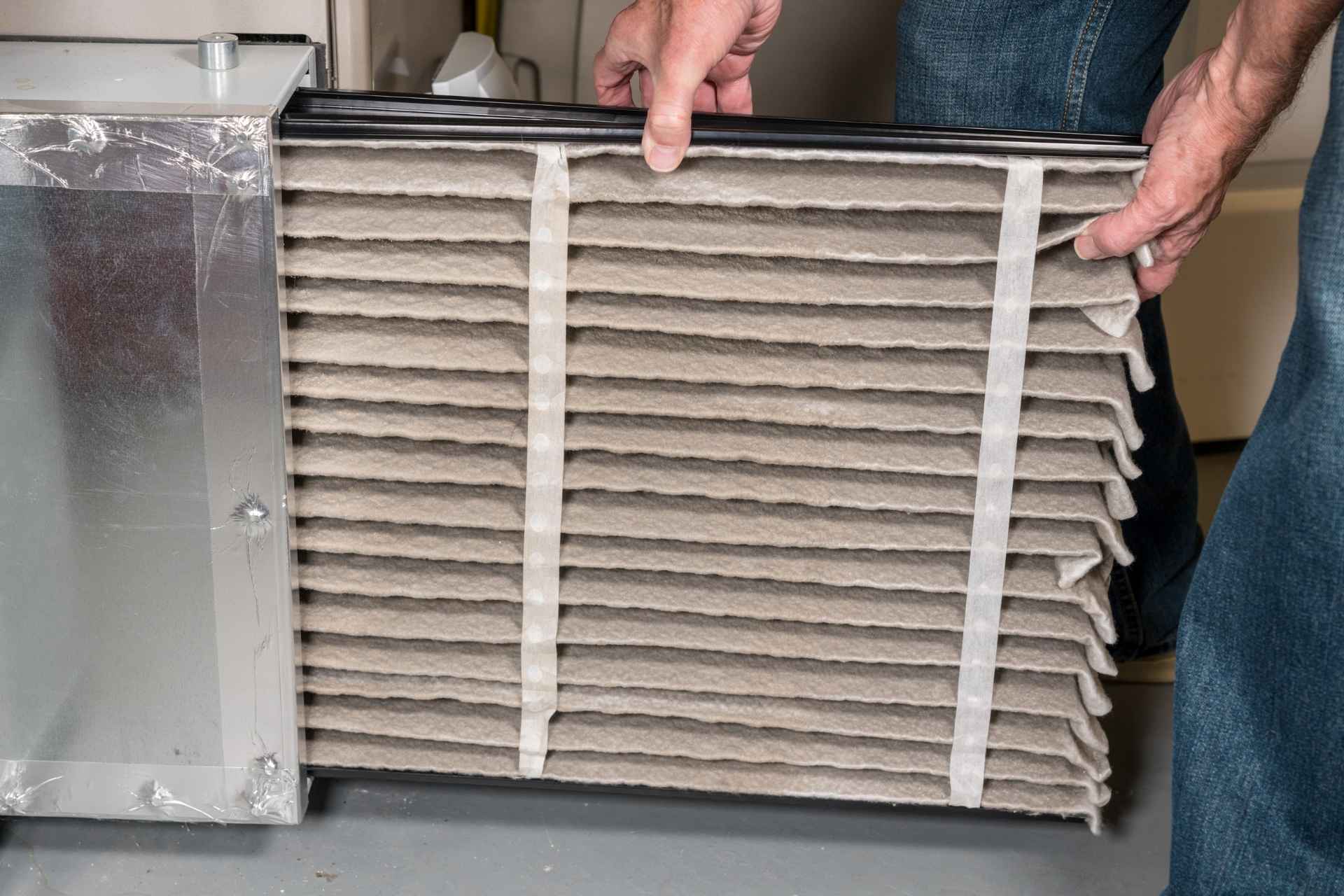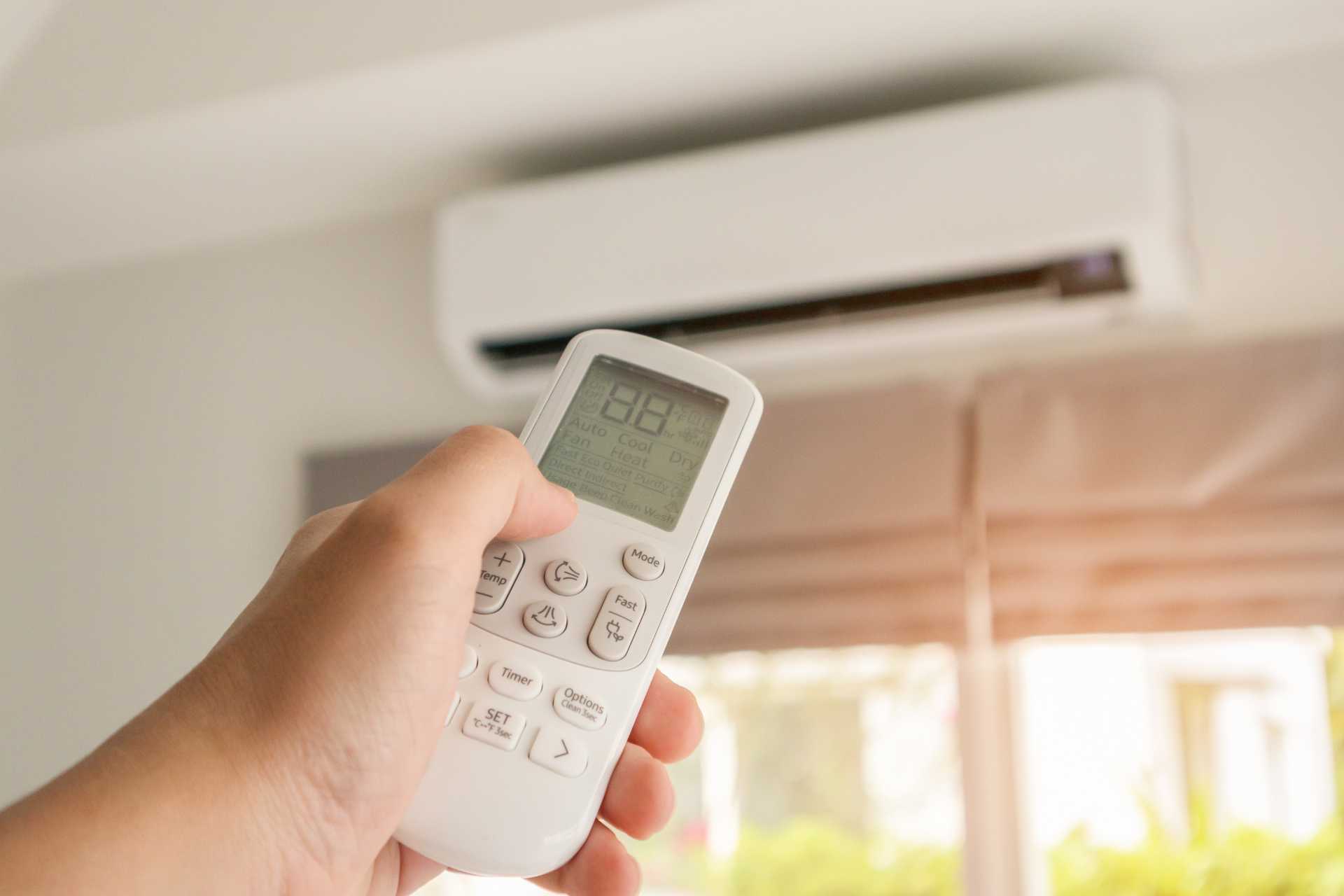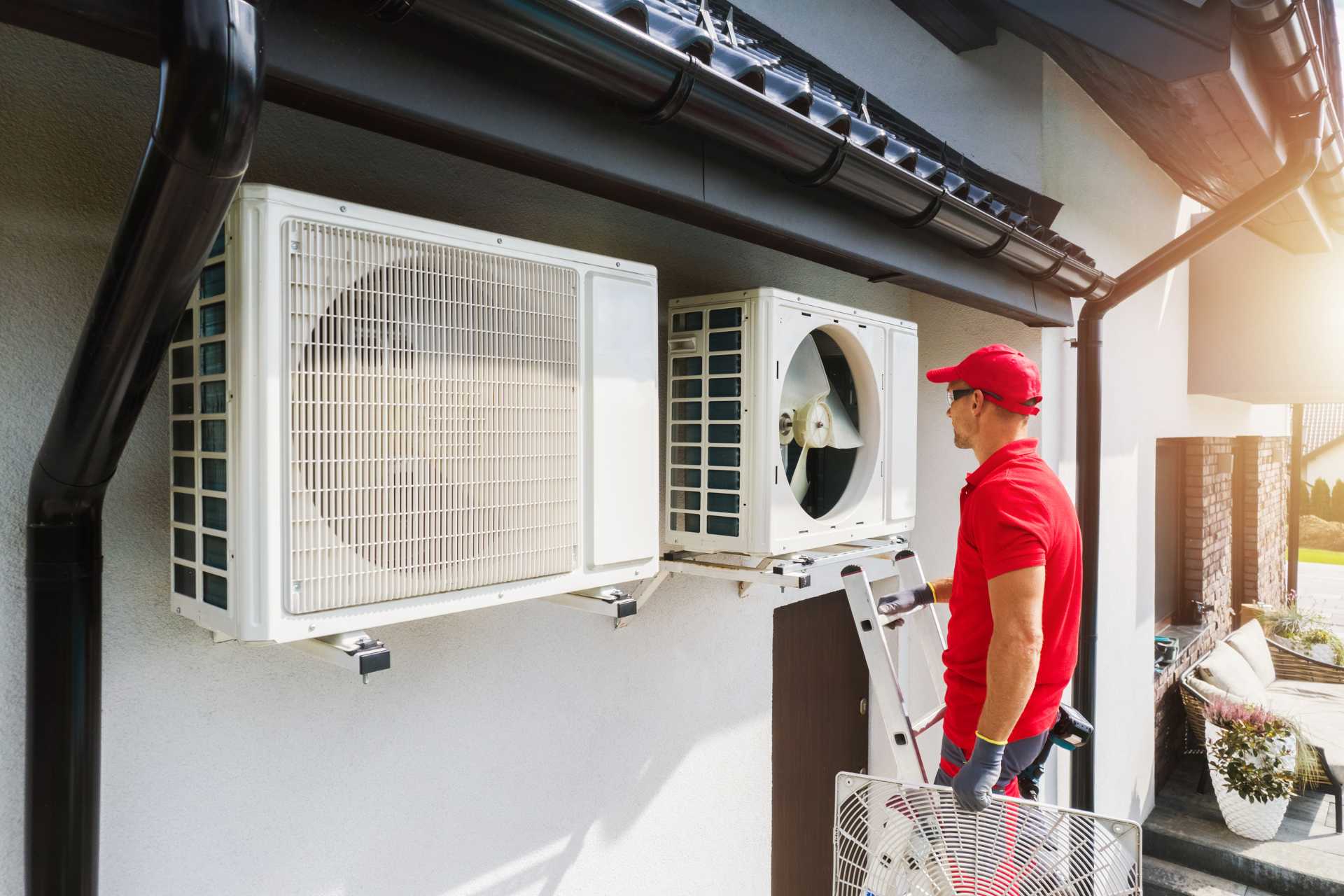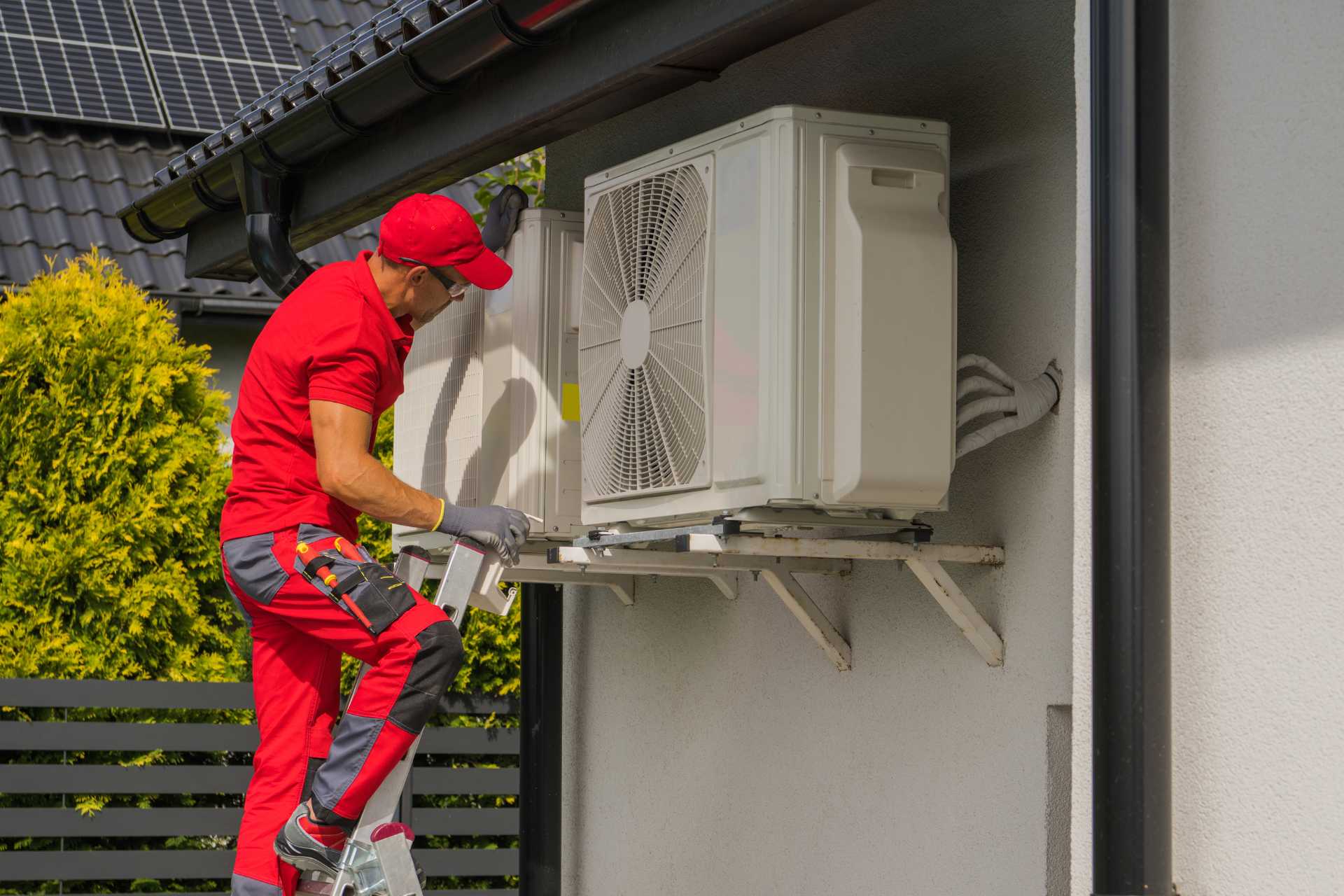The Hidden Health Benefits of Cleaner Air in Your Home

We often worry about outdoor air pollution, but did you know the air inside your home can often be significantly more polluted? Since most of us spend a large portion of our time indoors, the quality of the air we breathe at home has a direct impact on our health and well-being.
As a trusted HVAC Company, GM Mechanical understands that your home’s comfort goes beyond temperature. It includes ensuring the air you and your family breathe is clean and healthy. Let’s explore the often-overlooked health benefits that come with improving your indoor air quality (IAQ).
What’s Hiding in Your Home’s Air?
Your indoor environment can unfortunately become a trap for a variety of airborne contaminants. Common culprits lurk unseen, including microscopic dust particles and dust mites, which are major triggers for allergies. If you have pets, pet dander, consisting of tiny flecks of skin, adds another common allergen to the mix.
During certain times of the year, pollen can easily find its way indoors, aggravating seasonal allergies. Damp areas in the home can become breeding grounds for mold and mildew spores, releasing particles that can cause respiratory issues. Furthermore, everyday items can release Volatile Organic Compounds (VOCs) – chemicals off-gassed from paints, cleaning supplies, new furniture, and even some building materials. Lastly, bacteria and viruses can circulate through your home’s air, particularly if ventilation is poor.
Over time, these pollutants can accumulate, creating an indoor environment that may negatively affect your health without you even realizing the source.
The Health Impacts of Poor Indoor Air Quality
Breathing contaminated air day in and day out can contribute to a range of health problems, some manifesting quickly while others develop more gradually. You might find yourself experiencing increased allergy symptoms, such as persistent sneezing, coughing, itchy eyes, or a runny nose, all exacerbated by the indoor allergens present.
For those with asthma, poor IAQ is a known trigger that can lead to more frequent or severe asthma attacks. Even without specific conditions, many people suffer from general respiratory irritation, including coughing, wheezing, shortness of breath, or a persistent sore throat.
Beyond respiratory effects, poor air quality, especially due to inadequate ventilation and VOC buildup, can lead to headaches and unexplained fatigue. Some people also report difficulty concentrating or a sense of mental fogginess in spaces with stale air. It’s also important to recognize the long-term risks, as prolonged exposure to certain indoor pollutants has been linked to the development of more serious respiratory conditions and other chronic health concerns.
The Refreshing Benefits of Breathing Cleaner Air
Taking proactive steps to improve your home’s IAQ can yield noticeable and significant health improvements. One of the most immediate benefits is simply easier breathing, as reducing exposure to airborne allergens and irritants leads to fewer allergy flare-ups and less frequent asthma attacks.
Many people find they achieve better sleep quality when breathing cleaner air, primarily because respiratory irritation that might disrupt sleep is minimized. Improving filtration can also contribute to reduced sickness within the household; by trapping airborne bacteria and viruses, you can potentially lower the chances of catching and spreading common colds and other illnesses.
Overall, there’s an undeniable sense of increased comfort and well-being that comes from inhabiting a space with fresh, clean air. Beyond the physical benefits, improved air quality can help alleviate issues like headaches and fatigue, potentially leading to enhanced focus and productivity during the day.
How Your HVAC System Plays a Role
Your home’s heating, ventilation, and air conditioning (HVAC) system is your primary tool for managing indoor air quality. Keeping it in top condition through regular maintenance is essential. A key component is the air filter in your furnace or air handler, which provides basic air filtration. Regularly changing this filter is crucial, and opting for high-quality filters (like HEPA filters or those with a higher MERV rating) allows the system to trap smaller, more problematic particles more effectively.
The ductwork that distributes air throughout your home also plays a vital role. Ensuring ducts are clean and properly sealed prevents the circulation of accumulated dust and contaminants and stops conditioned air from leaking out. Proper ventilation strategies are also important, as they help to exhaust stale, polluted indoor air and introduce fresh outdoor air, diluting contaminant levels.
For an extra layer of protection, consider air purifiers. Available as whole-home systems integrated into your HVAC or as portable units for specific rooms, these devices can target and neutralize specific pollutants like VOCs, bacteria, and viruses that standard filters might miss.
Invest in Your Health with Cleaner Air
Improving your home’s indoor air quality is a direct investment in the health and well-being of your family. From reducing the daily burden of allergy symptoms and promoting more restful sleep to contributing to overall wellness, the benefits of breathing cleaner air are clear and substantial.



